
Cardamom is a well-known spice obtained from the seeds of the Elettaria and Amomum plants. Due to its rich aroma and spicy flavor, cardamom is popular in the cuisines of various countries. Experts have discussed its properties, as well as how to properly choose and use cardamom in cooking.
This spice is particularly popular in the cuisines of Asia, Arab countries, and India. Cardamom is also used in the preparation of various beverages and baked goods. The small seeds of this plant, and sometimes in ground form, are added to dishes as a seasoning.
There are three main types of cardamom, among which green cardamom with black seeds is the most common. Its taste is sweeter, and its aroma is more pronounced — it is used for making beverages, spicy dishes, and confections. White cardamom has a milder taste and aroma, and it is added to meat, fish, and poultry dishes. Black cardamom has a rich aroma and a slightly bitter taste. It is available on the market as a fine powder and is often used in meat dishes, Asian sauces, or for flavoring tea. The most common type is green cardamom.
Benefits of Cardamom
This spice is known for its beneficial properties for the digestive system — it reduces bloating and prevents constipation due to its fiber and essential oil content. The spice stimulates the production of gastric juice and improves overall gastrointestinal function.
Cardamom is also beneficial for the cardiovascular system due to its high iron content. A deficiency of this element can negatively affect vital processes in the body, including energy metabolism and DNA repair. Additionally, black cardamom is rich in antioxidants such as diindolylmethane and indole-3-carbinol. Regular consumption of these substances protects the body from the harmful effects of free radicals and prevents cell damage.
This spice is also important for maintaining heart health. It helps lower levels of “bad” cholesterol and blood pressure. Cardamom contains a lot of magnesium and potassium. Its anti-inflammatory properties are also well-known — the essential compounds in cardamom help reduce inflammation and have antimicrobial effects. Cardamom supports the respiratory system due to its essential oils: it soothes coughs, clears the airways, and eases breathing.
Harm of Cardamom
This spice is considered safe; however, it has its contraindications. It should be consumed with caution during pregnancy and lactation, as well as by children under 7 years old — due to the risk of allergic reactions. Cardamom is contraindicated for people suffering from gastritis, stomach ulcers, intestinal ulcers, or duodenal ulcers, especially during exacerbations. It is also important to consider the interaction of this plant with certain medications.
Cardamom in Medicine
Due to its high content of essential oils and beneficial substances, cardamom is widely used in medicine. It helps manage stomach and respiratory diseases, infections, and heart problems. Thanks to its antioxidants, cardamom is used for cancer prevention and improving liver function. In folk medicine, this plant is used to combat tooth decay.
We remind you that this material is for informational purposes only. All actions regarding your health should be coordinated with doctors.
How to Choose Cardamom
As noted by chef Konstantin Zhuk, the aroma of cardamom is the main indicator of its quality. To better preserve it, it is recommended to purchase cardamom only in whole pods. Ground spices should only be bought if the seller grinds them in front of you in small quantities. However, it is best to grind spices yourself.
The cardamom pods should be whole, undamaged, and free of foreign odors. Green cardamom with a brighter color has a more intense aroma. Proper white cardamom has a more rounded shape compared to green. If the white cardamom is elongated (like green), it may indicate that you are being sold bleached green cardamom. The taste and aroma of white cardamom are more lemony, although the difference is not always noticeable. Black cardamom is less common; it is bright, aromatic, and has the most intense flavor. The spice should be stored in an airtight container to preserve its aroma.
How to Use Cardamom in Cooking
In cooking, cardamom should be used with caution so as not to overpower the other flavors of the dish. It pairs well with cloves, black pepper, nutmeg, and ginger. This spice perfectly complements chicken or roasted lamb dishes, as well as teas and fruit compotes. Cardamom enriches the flavor of beef patties.
Pear Jam with Cardamom
To prepare the jam, you will need 2 kg of pears, 1 kg of sugar, 1 cinnamon stick, 10 cardamom pods, 1 clove bud, 1 sprig of peppermint or spearmint, 50 ml of lemon juice, and a pinch of salt. Peel and core the pears, cutting them into large wedges. In a pot, pour 200 ml of water, add sugar, cardamom, clove, cinnamon, mint, and lemon juice. Cook the syrup over low heat for 15 minutes, then remove the clove and mint. Place the pears in the hot syrup and cook over medium heat for 10 minutes, after which transfer them to a jar, cool, and let steep for 2–3 days in the refrigerator. This will make the jam more aromatic.



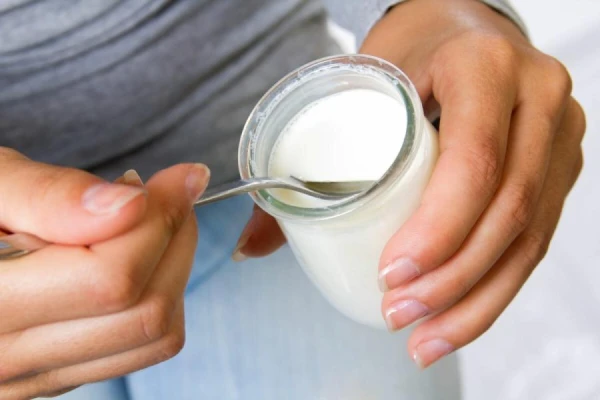
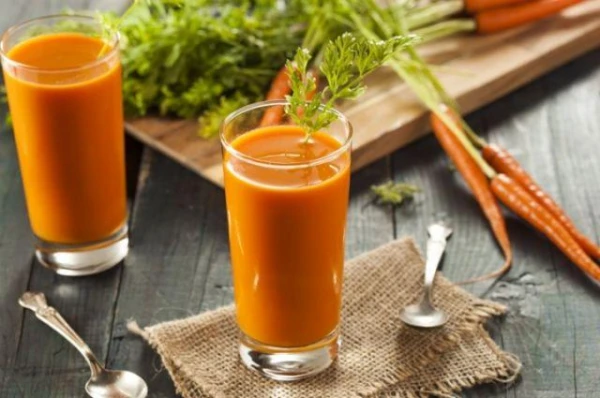
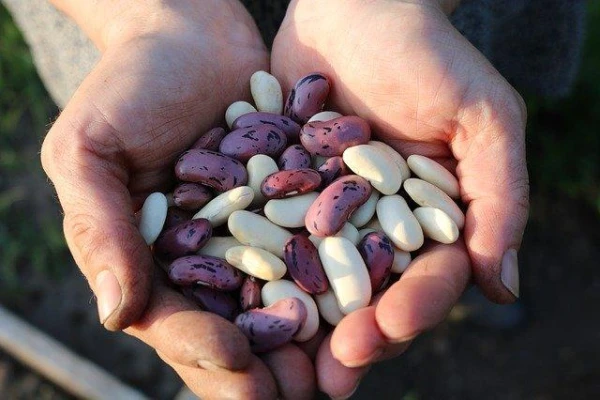
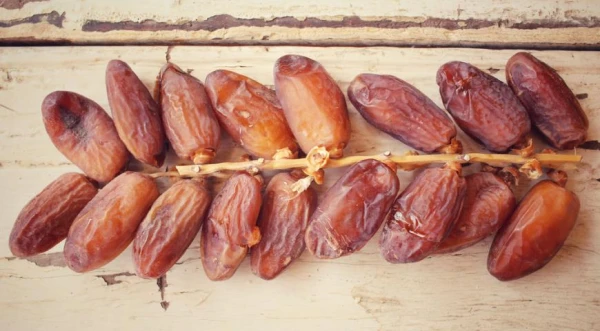
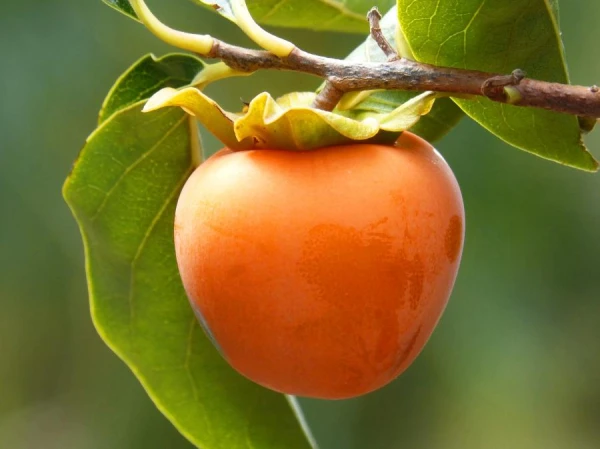







Leave a comment